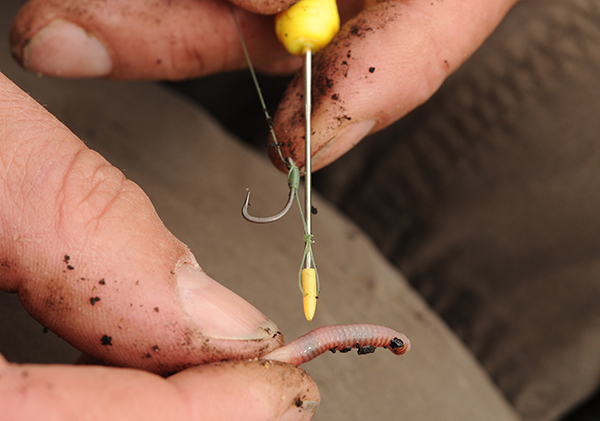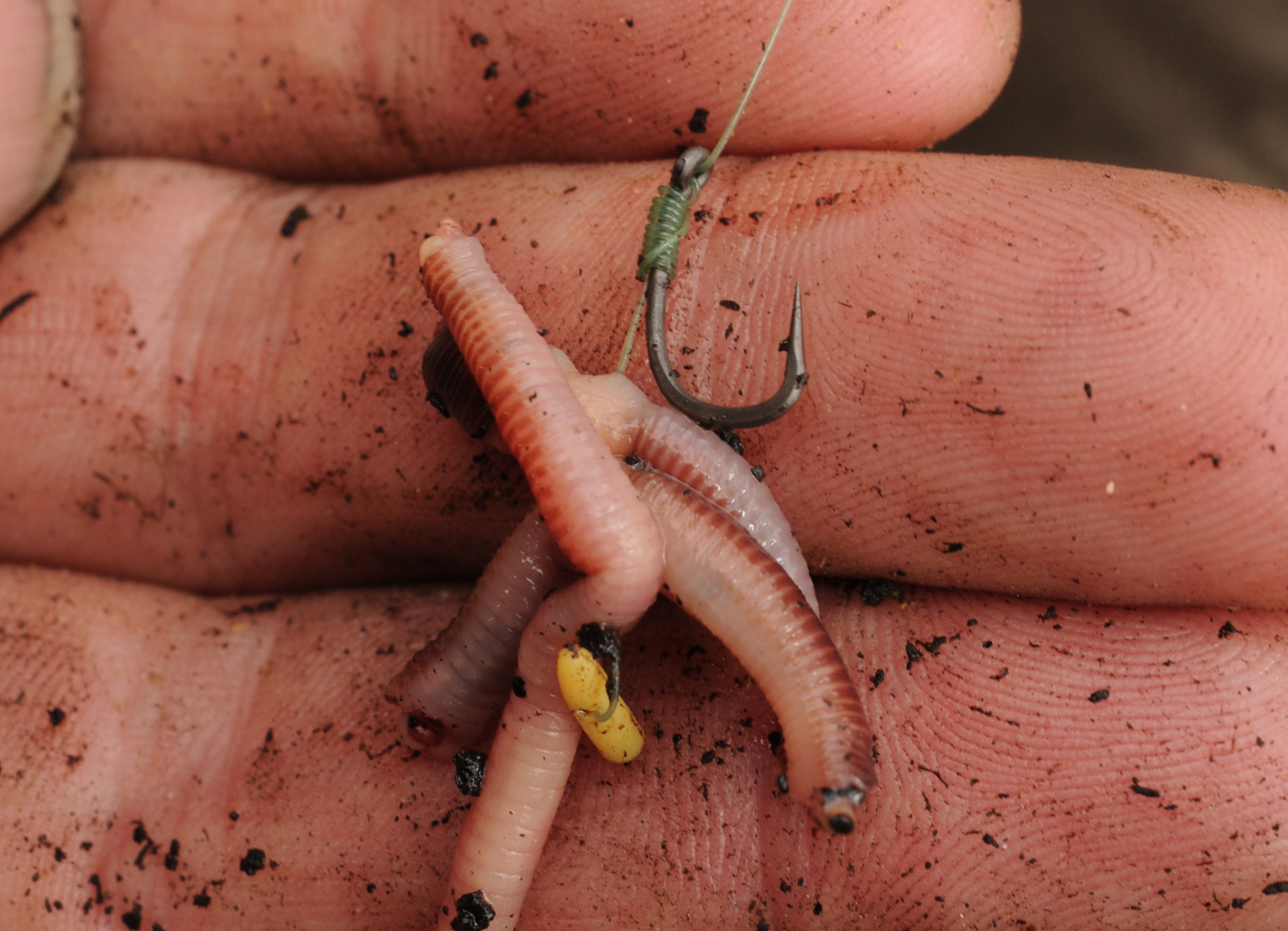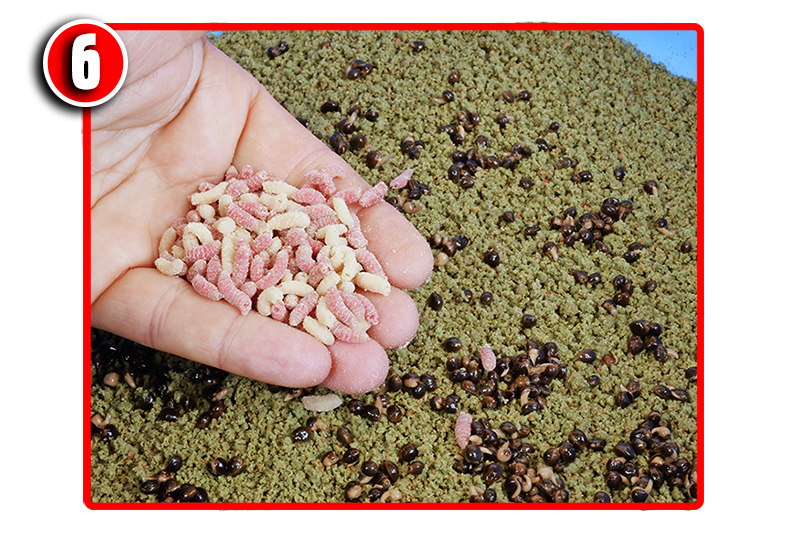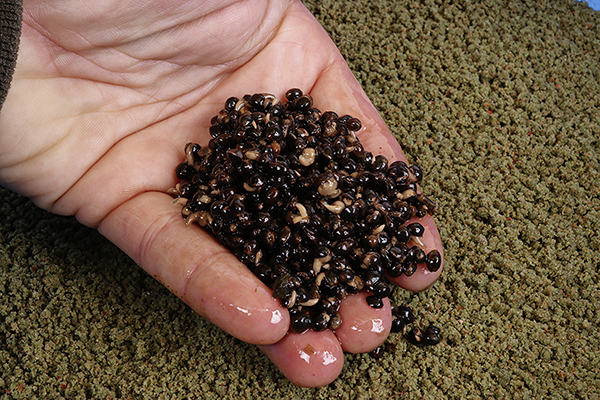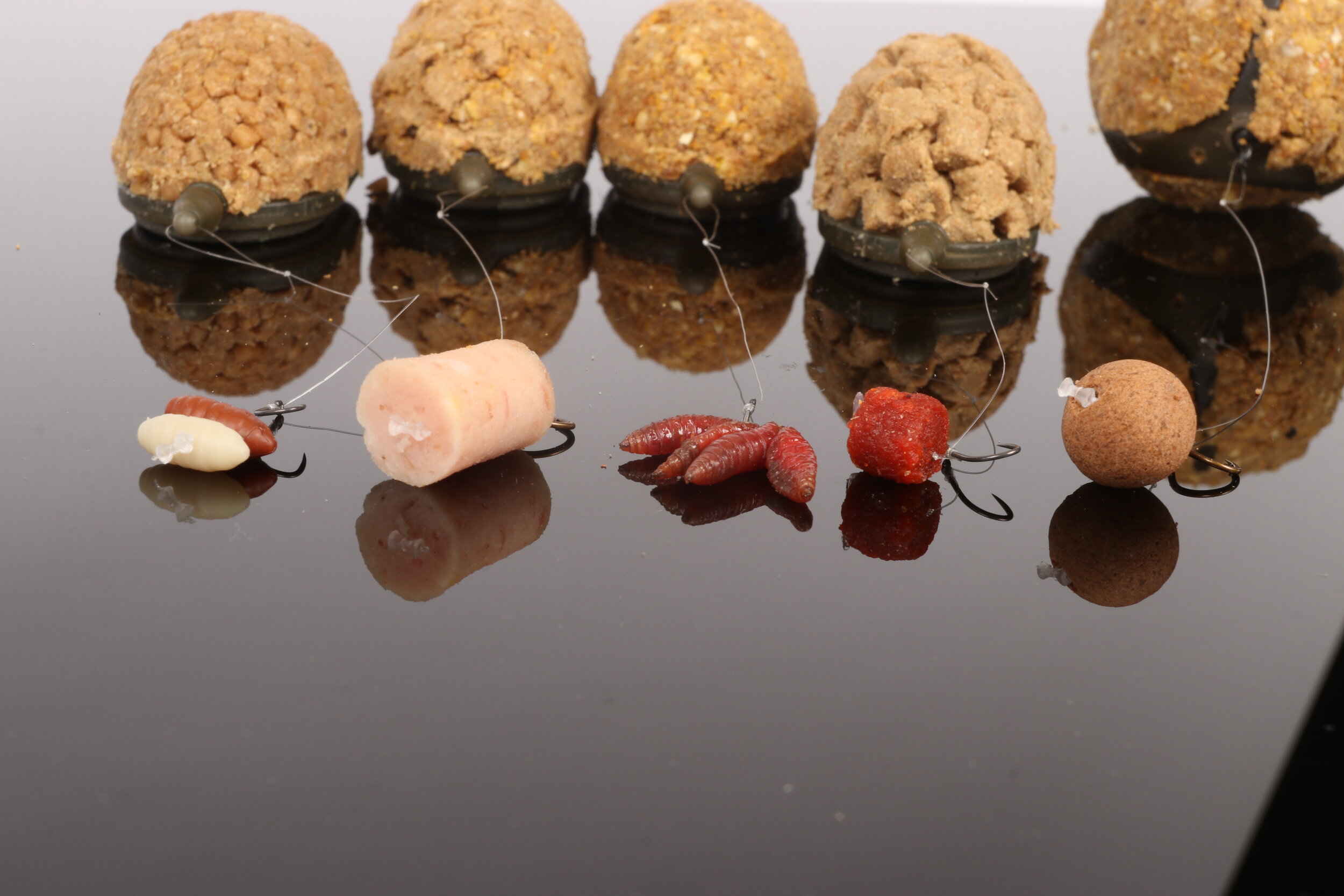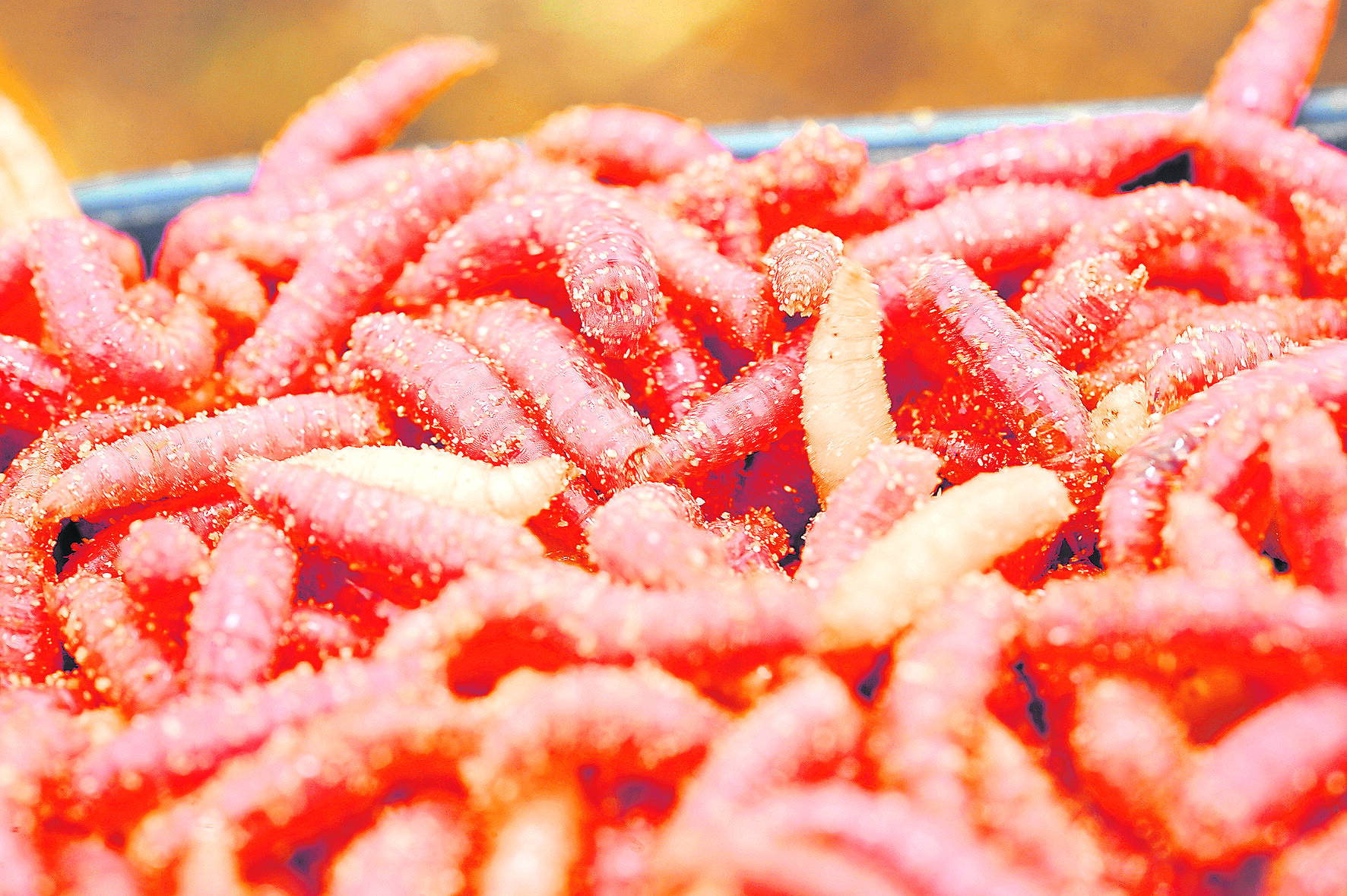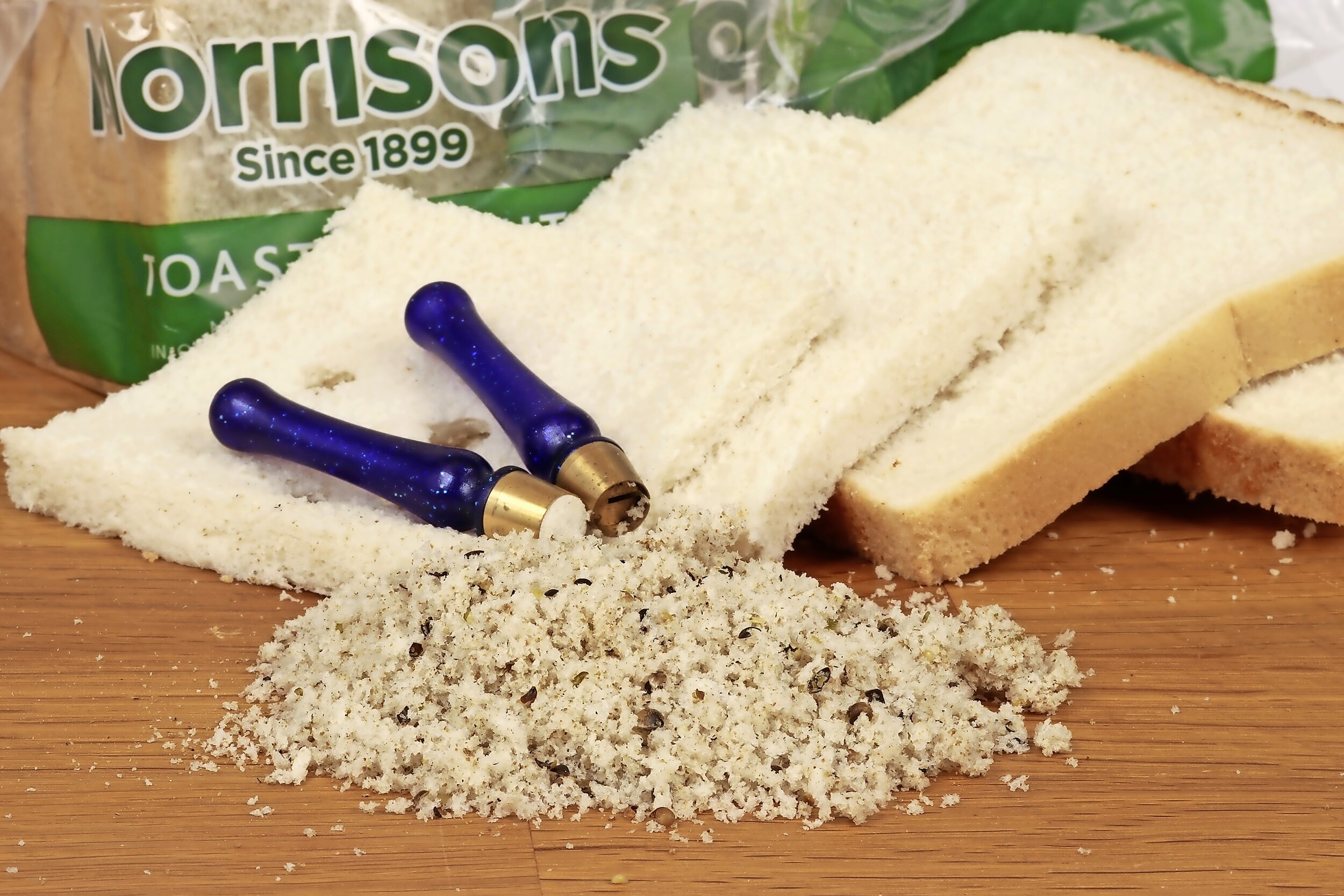Best Tench fishing baits and methods for right now!
ishing for tench this summer and unsure on what bait to use? To help you narrow your choices down we've asked Paul Garner to give us his best methods and bait to help you catch more tench while fishing. See below for the best tench fishing baits and tips for the summer.
Now's the time to catch a big tench, and gravel pits are the best places to do it.
Even though the fishing can at times be frustrating as the fish roll and bubble with abandon, yet hardly give a flicker on the float or bobbin, don’t despair – there is often a very simple answer to this problem, simply by using the right bait…
NATURAL FEEDERS
It’s often claimed that gravel pit tench become harder to catch the further into summer we go. I think this is down to preoccupation with natural food.
As summer continues the density of invertebrates rises by the day, giving the tench a limitless larder. Why eat a lump of bread flake, or a boilie, when they are surrounded by natural food?
Interestingly, I have followed a couple of venues for more than a decade that have developed into big-carp fisheries. I was expecting the tench to tune in to the quantities of boilies being fed right through the year, but no.
Except for a brief window in the early spring when the tench do fall for bright pop-ups, they have steadfastly remained hooked on naturals.
I’m not saying this happens on every tench fishery, but certainly on venues with a low stock of fish and high levels of natural food you could be waiting a long time before getting a bite on some baits.
Fortunately, there is an answer, and a very simple one at that.
MIMIC NATURE
The invertebrates that tench feed on are mainly bloodworm and caddis fly larvae. You can see why tench can be so difficult to catch – just look in the margins of a rich gravel pit. The bottom will be crawling with life as the cased caddis, carrying their tube-like homes woven from bits of reed stem and sand, crawl around looking for food.
How do we go about mimicking this natural larder? One answer, rarely employed in the UK but popular in Europe, is to collect and use caddis larvae as a hookbait.
I can see the logic to this but I would also worry that my hookbait would simply be the needle in one enormous haystack of grub. Fortunately, maggots, casters and worms provide a good enough alternative to be eaten by the most finicky of tench.
HORSES FOR COURSES
I find red maggots are very effective on the venues I fish – they are easy to use and can be stored for a few days. I will have some large dendrobaena worms with me too, as a change bait, should the need arise.
Worms are my first line of attack on older, siltier lakes. These venues tend to have tench that feed mainly on bloodworm, and I guess this is why worms will outscore everything else.
If silver fish are a nuisance, casters are my go-to bait, with a matching artificial hookbait. The tench don’t mind the plastic but the silverfish will certainly be less of a problem. Casters would be my first choice if I had good tench fishing close to home, as storing them on the bank would not be a problem. As I tend to travel a fair way for good tenching, though, storing casters becomes an issue.
FLAVOURSOME
All three of my chosen baits will work just fine as they come at this time of the year.
Tench, from my observations, are very visual feeders, so they will home in on a spread of bait on the bottom without further encouragement.
If you want to try flavouring your baits, particularly maggots, there is only one additive that I will use at this time of the year - Shellfish Sense Appeal, a real humdinger that only needs to be used in minute quantities.
Try adding half a teaspoonful to a pint of maggots to give them a strong shellfish smell. On a tough day I think this extra flavour can make a difference, so it’s worth having a bottle in your bait bag.
HAIR-RIGGING WORMS
A secure way of fishing worms on either the float or feeder is to hair-rig them between two Quick Stops held in position in a large loop on the hair. To pop up your bait, simply add a disc of rig foam.
Pop them up
Tench will often cruise around several feet off the lakebed and cover a lot of ground quickly. If they are in a feeding mood they will drop down to investigate any bait on the bottom.
Normally, I introduce roughly equal quantities of hemp and my chosen hookbait. The hemp is likely to be picked up and blown out by the tench many times over the course of a session. Some will be eaten, but the rest will keep the fish browsing for quite a long time.
The maggots, worms or casters are there to get the tench feeding harder. There’s no need to fill it in. A couple of pints of bait are plenty for a morning session.
One trick that often brings bites much faster than normal is to pop the hookbait up. When fishing maggots this is normally achieved by sandwiching a sliver of rig foam between two or three maggots on the hook.
Rubber casters are naturally buoyant, so use just enough to counteract the weight of the hook. Worms can be injected with air, but I prefer to hair- rig them with a small disc of rig foam to add buoyancy. The foam also acts as a buffer on the cast.
Whether you are fishing a float in the margins, or casting to distant gravel bars with a feeder, using these three baits will prove the key to unlocking gravel pit tench.
Give it a go, you will not be disappointed.
Dai Gribble's Worm kebab for Tench
Tench are now on the feed and one of the best baits for catching this incredible spring species is worm. We've asked two time Drennan Cup champ to show us his favourite way to rig worms when fishing for tench.
ONE-INCH WORMS
Start by chopping a few worms into inch-long sections and begin threading them on to the hair using a Quick Stop and needle. Dendrobaena worms are best for this.
GO LARGE
I use four sections of worm on a size 10 hook and three on a size 12 – the bigger the hook, the bigger the bait you can use.
MIND THE GAP
It’s important to tie your hairs long enough to leave a little gap between the top of the chopped worm and the bottom of the hook. This gives the bait more movement and leads to better hookholds.
CHOPPED WORM
You’re looking to put a lot of flavour into your feeder, and the best way of doing this is with chopped worm. Don’t turn the worms into a complete mush, though – 1cm long sections are ideal.
FILLING THE FEEDER
I buy my worms supplied in the peat they’re grown on in, as this is packed with attractants too. Start by half-filling the feeder with chopped worms and then add the peat, which I pack tightly into the feeder with my fingers.
ADD LIVE MAGGOTS
Always add a few live maggots to your feeder because these will help to push some of the flavour out when the rig is in the water. You actually want the mix to stay in the feeder as long as possible, creating a big ball of fish-attracting smell. It should only get flushed out when you reel in.
Dr Paul Garner's 10-minute make | Green method groundbait
You can use a cage feeder loaded with a mixture of groundbait and casters, but often a more effective tactic is to use the same baits moulded around a Method feeder. The feeder is tangle-proof, and its low profile unobtrusive when fished with 4ins hooklengths.
Dynamite’s Swim Stim Green is my groundbait of choice, and to two pints of groundbait I will add a pint of krill powder. This combo has been very effective everywhere I have used it and is very easy to mix to the right consistency for the feeder. There is no need to go overboard with the casters. A pint is ample, and just as when maggot fishing, I will bulk this out with a similar amount of hemp.
Add one pint of krill powder to two pints (one bag) of Swim Stim Green groundbait and mix well.
Mix a tablespoonful of sweetcorn extract to each pint of lake water used to mix up your groundbait.
Mix thoroughly and let it stand for a few minutes to allow the water to be fully absorbed.
Riddle the groundbait to remove any lumps and to ensure it is blended thoroughly.
Add a small amount of hemp – not too much or it will cause the groundbait to break up.
Add a similar amount of dead maggots or casters to the groundbait mix.
10 of the best tench fishing tips and baits
Spring is here and so are the tench! We've decided to compile together 10 of the best tench fishing tips and ait for you to use on your spring and summer campaigns for this great species. To help us put together these great tench fishing baits we asked bait expert Paul Garner to give us some of his favourite tench baits.
From floatfishing in the margins, to long-range feeder fishing, the tench angler has to master many different methods, and learn how to get the best from the available baits.
My tench fishing evolves over the coming weeks as the fish change their behaviour, but there are some tactics that come into play each season for me and which have stood the test of time. Let me share them with you...
1) shellfish maggots
Maggots often figure very highly in my tench fishing.
Being easier to store than casters, maggots are a convenient choice that have caught me tench on every venue where I have tried them. I always use the freshest and cleanest maggots that I can buy. Every few days I change the maize flour that I store them in, as this does become sour, even if the maggots sweat.
There is one additive that I always use on my maggots when tench fishing, and that is Shellfish Sense Appeal. Just a few drops of this smelly shellfish extract added to a pint of maggots will have a big impact on my catches, and I never leave home without it.
2) Yellow pop-ups
When tench are just getting going in the spring, a highly visible bait often scores really well.
I noticed a few years ago that carp anglers tend to catch tench at this time of year on their chod rigs, especially when using small yellow baits. Following suit with a scaled-down approach, I found myself catching loads of tench on 10mm pop-ups fished on a mini chod rig.
I think that any tench that is cruising past can spot the yellow hookbait very easily, and more often than not will eat it. Don’t expect this tactic to last for very long, though. For some reason it loses its effectiveness by the middle of May.
3) hemp as a holding bait
Hemp is a great bait for attracting and holding tench, but I am not convinced that they actually eat much of it.
Underwater filming has shown that tench often pick up hemp but then blow it back out again, rather than swallowing it.
This has certainly influenced how much hemp I introduce, and now I rarely use more than a pint per day. I like to introduce this on a little and often basis, keeping that lovely nutty smell topped up, but not introducing too much bait.
4) Cocktail Baits
You can often get extra bites by combining two tench baits on the hook, especially if you have both baits in your loosefeed.
Try a combination of worm and caster, or maggot and corn, to produce a bait with some movement and more bulk than either bait on its own.
5) Sweetcorn
At one time sweetcorn was talked about in hushed tones, so effective was it as a tench bait, but in recent years it has certainly fallen out of favour with many tench anglers.
This is a shame, as it is still a fantastic bait and if it hasn’t been used heavily on a venue it will often work really well. Carp anglers often introduce lots of corn in their spod mixes, yet never use it on the hook, so they are effectively prebaiting for you!
I normally use two grains on the hook when floatfishing to create a nice visible bait. If you are legering, try a combination of one real and one fake piece of corn.
A small tin of corn is more than enough for a tench session. Try feeding six grains after every bite to keep the fish interested.
6) worm rigs
Worms can be quite difficult to fish with, especially if you are legering, as they have a tendency to work their way off the hook.
Overcome this by tying up a hair rig with a rubber caster and a Quickstop on the loop in the hair.
Push the Quicsktop through the worm leaving it fixed between the stop and the rubber caster, and it will not be able to escape. Use a short hair so that the worm is just below the bend of the hook.
The caster not only adds a small amount of buoyancy, but also stops the worm wrapping itself around the hook.
7) krill groundbait
Most anglers wouldn’t associate tench fishing with using groundbait, but a few years ago now I stumbled across a great combination that works very well in both a cage and Method feeder – and the tench love it!
I use a 50-50 mix of Dynamite Swim Stim Green groundbait and Krill Meal, and have found this to be supremely effective. Be careful not to over-wet this mix. It needs to be mixed slowly, so that the water is fully absorbed, until you are left with a fluffy texture that binds together quite well.
The Krill Meal is quite expensive, but fortunately you do not need a lot of this groundbait as I use it purely on the feeder – so half-a-bag is plenty for a day session.
8) Casters
Casters are a very effective tench bait. I use them on venues where small fish make using maggots difficult. This is not because they are second-best, but because maggots are easier to store both on and off the bank.
Try using two parts casters to one of hemp to keep tench grubbing away all day. There is no need to use real casters on the hook – although you can if you want to – but rubber casters are just as effective and far easier to use. Store casters in the fridge, in an open container so that they can breathe and stay slightly damp.
9) Fantastic plastic
Whether it is a bunch of rubber casters, a piece of fake corn, or a plastic pop-up boilie, tench will readily take artificial baits, and so often these can make the fishing so much easier.
I like to keep a range of different fake baits in my tackle box for occasions when small fish make using real baits difficult, or when I want to leave a bait out for several hours at a time.
Don’t worry that they have little natural smell – you can always try dipping plastic baits in additives, or fish them straight from the packet.
10) match the hatch
Very often tench can become harder to catch as the summer wears on. I think this is because their natural food become more abundant and they can pick and choose what they eat.
I tend to switch to smaller baits, such as maggots, by about June when the tench can be more picky.
It is also worth raking the swim lightly before fishing to disturb the natural insects on the bottom. This will draw in the tench and get them feeding hard.
A bait combination for every species with bait expert Dr Paul Garner
The bait you load on to your feeder can make a massive difference to the fish you catch. Here are some of my favourite combinations...
The Method is super-effective for big greedy carp. Recast regularly at the start of a session to lay down a bed of feed, and use a groundbait containing flaked maize, small pellets and other morsels to keep carp grubbing around. Top this off with a shaved 15mm wafter boilie on the hair.
Commercial carp respond well to feed pellets. The bulk of my feed will be 4mm pellets, but to stop the carp getting fixated on these I’ll add a handful of 6mm pellets to the mix. Start with an 8mm banded pellet but be prepared to switch to a larger or smaller bait
Fishmeal pellets with a Method feeder are deadly for bream. I combine sweet and fishmeal elements in all my bream mixes. Sticky pellets, softened with molasses-flavoured water, are a great starting point for bream at range, with pellet, mini-boilie and hair-rigged worm hookbaits.
My light, high-attract groundbait is low in food value – Dynamite Swim Stim Green with added Krill or crayfish powder as a stimulant. On the hook use corn for tench, while for crucians give a 6mm soft pellet, a rubber caster or a bunch of dead maggots a try.
On lakes that get lots of carp bait the roach and rudd will see a Method load as an easy meal. With a 10mm boilie on the hair, load the feeder with a 50-50 mix of dark fishmeal goundbait and brown crumb. For rudd I swap a boilie hookbait for a pop-up fished 4ins-6ins off the deck.





